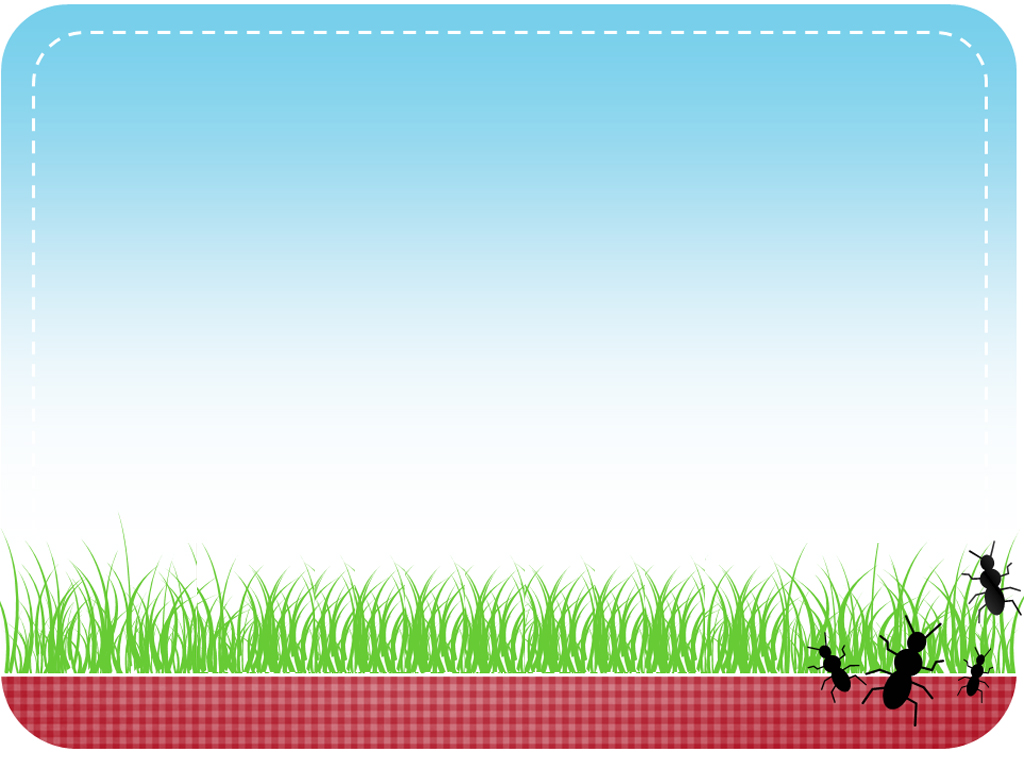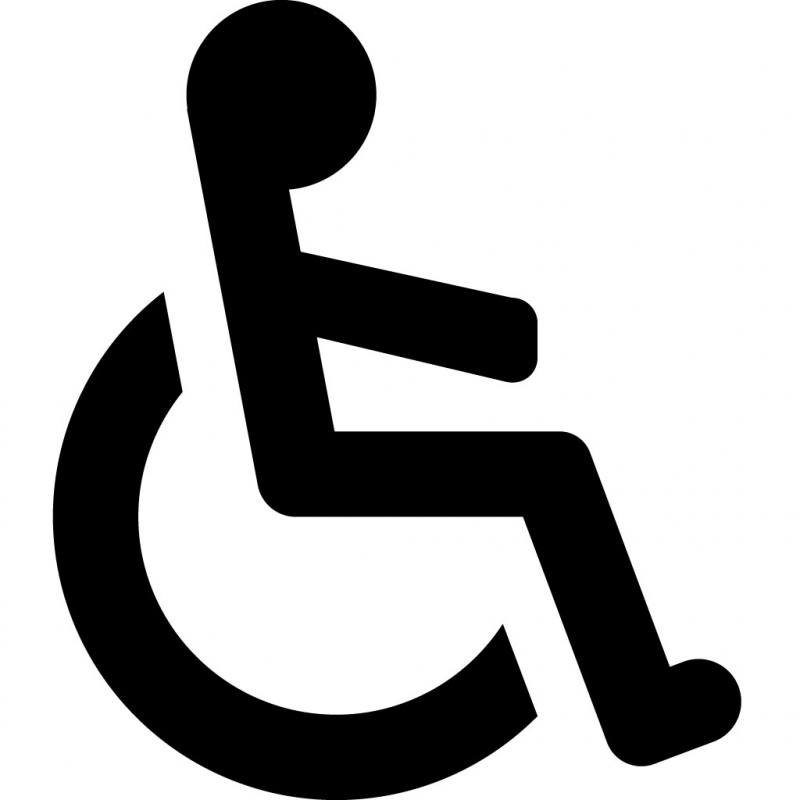


Press Enter twice, type the next prompt (such as Address:) and press Tab again. The click Set and finally OK.īack in the document, place the cursor where you want to draw the line press the Tab key on your keyboard, and a dotted line will appear drawn from the blank space all the way to where you set the right tab. To set the margin at 6 inches in a letter-size document with 1-inch margins, for example, type 6″ into the Tab Stop Position box, choose Right for the Tab Alignment, and choose 2 as the Leader to get a dotted line. Here you can create your own tabs–you’ll need a single tab stop at the point where the dotted line should finish. Locate and click the Paragraph dialog launcher icon in the bottom right of the Paragraph group, and click the Tabs button at the foot of the Paragraph dialog box. Start by typing the text (such as Name:) that prompts the form’s reader to enter information on the blank line that you will draw then press the spacebar, and select the Home tab on the ribbon toolbar. When a printed document–such as a form–needs typed or handwritten information added to it, you can use tabs to draw the blank lines. Create Lines for a Blank FormĬreating a form? Custom dot leader tabs let you easily create the blank lines.
Microsoft word symbols shapes how to#
Would you like to be able to insert a cent symbol or type the accented é characters in résumé, directly from the ribbon toolbar? How about adding your company’s specialized terminology to the built-in Word dictionary? You can have these and other options for working faster and smarter in Word at your fingertips if you know where to find them and how to set them up. Some features are buried in the Options menu or in dialog boxes, and others take the form of keyboard shortcuts or simply aren’t easy to see. Not everything that Microsoft Word 2010 can do is obvious from a quick look at the tools on the main ribbon toolbar.


 0 kommentar(er)
0 kommentar(er)
